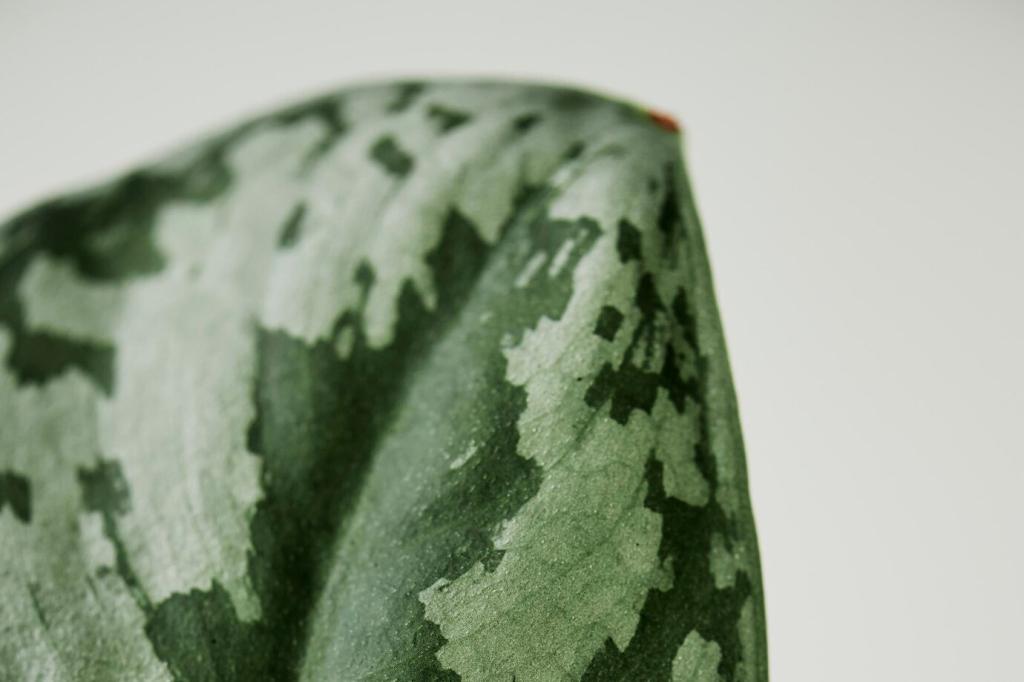Waste Reduction in Interior Design Projects: Create More With Less
Welcome to a home for thoughtful design that wastes less and delights more. Today’s chosen theme: Waste Reduction in Interior Design Projects. Explore practical strategies, real stories, and inspiring ideas—and share your own tips or subscribe to keep the conversation going.
Foundations of Waste‑Savvy Interior Design
Begin every interior with the end in mind. Map where materials come from, how long they will serve, and where they will go next. This perspective guides choices that reduce waste long before demolition day arrives.
Foundations of Waste‑Savvy Interior Design
Favor joinery, screws, and clips over permanent adhesives. Choose systems that can be opened, repaired, and reconfigured. Adaptable millwork and modular furniture prevent premature disposal when teams, tastes, or floor plans inevitably change.
Materials That Matter
Old doors, gym floors, and lab tops often hide exceptional durability. With careful refinishing, they become showpiece tables, headboards, and counters. Salvage adds character, reduces embodied impacts, and keeps history in the room rather than the landfill.
Smarter Planning, Fewer Offcuts
Size cabinets, panels, and partitions to align with common sheet goods. When modules match material dimensions, you avoid thin slivers and odd scraps that are hard to reuse and too often end up discarded.
Smarter Planning, Fewer Offcuts
Use realistic 3D models and high‑quality digital samples to reduce physical sample waste. Maintain a shared, trackable library, and return or donate surplus swatches promptly to prevent overflowing bins and forgotten boxes.


Set a Waste Diversion Plan
Define bins, signage, and hauling partners before work begins. Include a simple orientation for every trade. When expectations are explicit, crews sort properly, and recyclable streams remain clean and valuable.
Labeling, Sorting, and Partnerships
Clear, multilingual labels and color‑coded bins reduce contamination. Partner with recyclers who accept specific materials used in interiors—ceiling tiles, carpet tiles, and metals—so teams know exactly where each material belongs.
Prefabrication and Just‑In‑Time Deliveries
Use shop cuts for precision and fewer mistakes. Schedule deliveries to minimize on‑site damage and storage risks. Prefab components arrive ready to install, reducing both packaging waste and error‑driven reorders.





Simple Waste Audits
Record material types, weights, or volumes diverted versus landfilled. Even a basic spreadsheet reveals hotspots. Over a few projects, patterns emerge that inform smarter specifications and more effective site practices.

Diversion Rate and Material Intensity
Calculate diversion percentage and materials used per square foot. These metrics translate intentions into evidence, helping clients understand the value of careful planning and low‑waste design choices.

Share Results, Invite Feedback
Publish highlights with honest lessons learned. Ask readers to share their tools or templates in the comments, and subscribe for future deep dives into measurement methods and case studies you can adapt.



